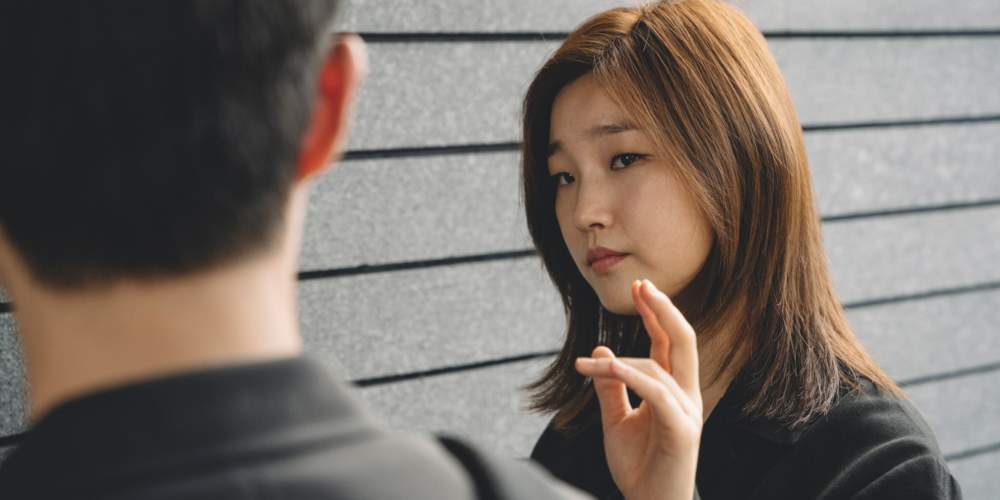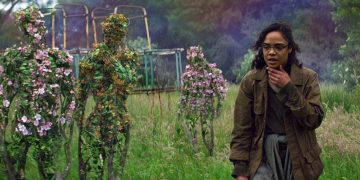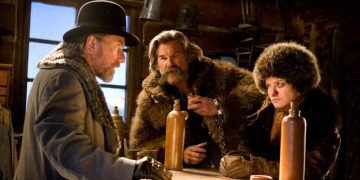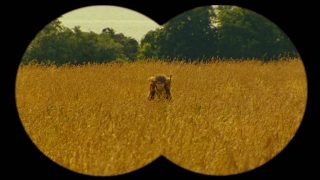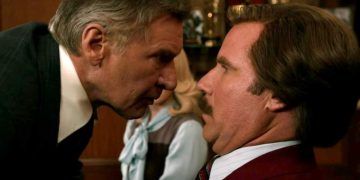Almost every film ever made has featured at least one house, but not all houses are made equal. Some are merely there as a background while others are more central to the story.
And sometimes it can even feel like the house is the one that's telling us the story as it unfolds on screen.
Here are some of the best movies that creatively used domestic spaces as narrators, where houses not only felt like more than just characters but acted as the ultimate point of view for the story.
5. Rope (1948)
In Rope, Brandon Shaw and Phillip Morgan planned the perfect murder and strangled their classmate, David Kentley, to death. They hid his body in a wooden chest, then invited his family to dinner.
Why did they do all of this? Because Brandon and Phillip want to prove their intellectual superiority over all else.
Rope is a taut chamber drama that's packed with tension and suspense, and it's Alfred Hitchcock at his finest even though it may not be as popular as Hitchcock's other masterpieces.
One reason it stands out is that the apartment where they host dinner is as central to the plot as any character.
The entire story takes place in a single location, and the eye of the camera mirrors the eye of the house as it stares at the scene from one of its main walls.
Many would argue that the house is the narrator of Rope. It silently provides little clues here and there throughout, eventually leading us to the discovery of the body.
Despite the plot being undoubtedly dark and morbid, the house does not come across as evil. Instead, it stands as a mute witness who works for the greater good.
4. Psycho (1960)
Psycho starts with Marion stopping at a motel for the night. There, she meets the motel owner Norman, who's been taking care of his sick mother. But something is off about this motel.
Alfred Hitchcock delivers another classic film in Psycho, but the domestic space here is of a completely different vibe than in Rope.
We won't pry too deeply into the details in case you haven't seen the film yet, but suffice it to say that the motel and Norman's home peer at the unveiling plot with a cold stare.
High angles are often used as points of view, as if an entity was looking down at the scenes from up in the ceiling. Or perhaps it's the ceiling of the house itself that's looking down on all that unfolds.
Norman's house is dark, mysterious, and full of suspicious noises, and the domestic spaces in Psycho impose their own subtle will on the story. In this case, the will is a murderous one.
3. Knives Out (2019)
Throughout cinema history, there's been a connection between murder mysteries and domestic spaces. Maybe it's because our darkest secrets often rest behind closed doors.
That's certainly the case in Knives Out.
On the night of his 85th birthday, successful crime novelist Harlan Thrombey commits suicide. He's always been a little eccentric, but this sudden turn takes Harlan's entire family by surprise. Even his personal nurse, Marta, is shocked—so shocked that she draws suspicion.
A mysterious detective, Benoit Blanc, takes on the case to find out what exactly happened and why the nurse is so nervous.
If you think the house in Knives Out feels familiar, that's because the creators admittedly based it on the house featured in the murder mystery board game Cluedo.
Full of secret passages and symbolic meanings, the house isn't just the setting for Knives Out but the narrator. Through noises, obstacles, weapons, and clues, the house does its best to hide and show what it pleases. What is it trying to tell us?
2. Parasite (2019)
Parasite made waves by winning all kinds of prestigious awards worldwide, primarily for engaging with themes of class divide, wealth inequality, family conflicts, and... homes?
Every home has its secrets, and every secret hides an even deeper secret. Every box contains a box. Every door reveals a door.
Through the eyes of their home in Parasite, we follow the Park family's journey—and that of somebody else, too.
Parasite is a masterpiece above masterpieces. Using the home-as-narrator concept, the film takes us through multiple layers as if the house were a character withholding secrets, eventually revealing its true nature with every hidden corner turned.
1. The Shining (1980)
Of all the films in cinema history, no other building has had the depth of character of The Shining's Overlook Hotel, and it was the first house in film to impose its own voice and agency over the characters.
Jack Torrance and his family temporarily move to the Overlook Hotel for one winter season. Jack agrees to be its seasonal caretaker while using the time off to work on his book.
What happens over the course of this story is so influential that it forever shaped the future of filmmaking. Spoilers ahead because we can't really talk about it otherwise.
The Shining features a premise that seems pretty standard on the surface: an isolated family unit is forced to endure paranormal and traumatic experiences in a strange setting.
Jack eventually loses his mind and decides he must murder his wife and son. What causes him to snap? Who coerces him to do it? As it turns out, it's the hotel that's influencing him.
Via the Overlook Hotel, we spy on Jack as he slowly loses his marbles and on Wendy and Danny as they fight for their lives.
Every location in the hotel is like a separate eye that watches over its inhabitants with the mechanical stare of a security camera. The Shining's filmmaking style employs high and low angles with persisting tracking shots to bring that sense to the screen.
As it unravels the threads of their lives, the Overlook Hotel uses its evil powers to keep the Torrance family there forever.
